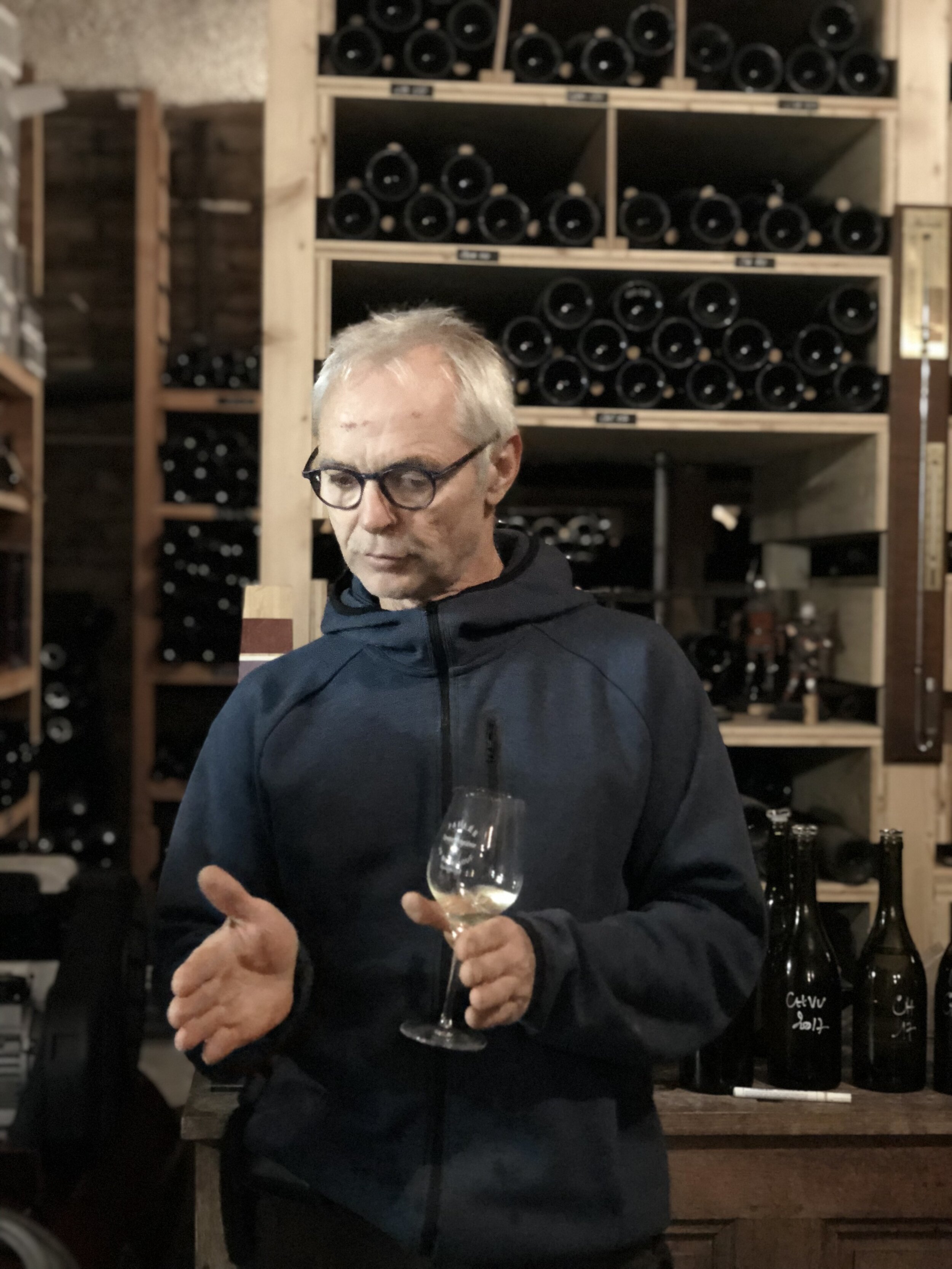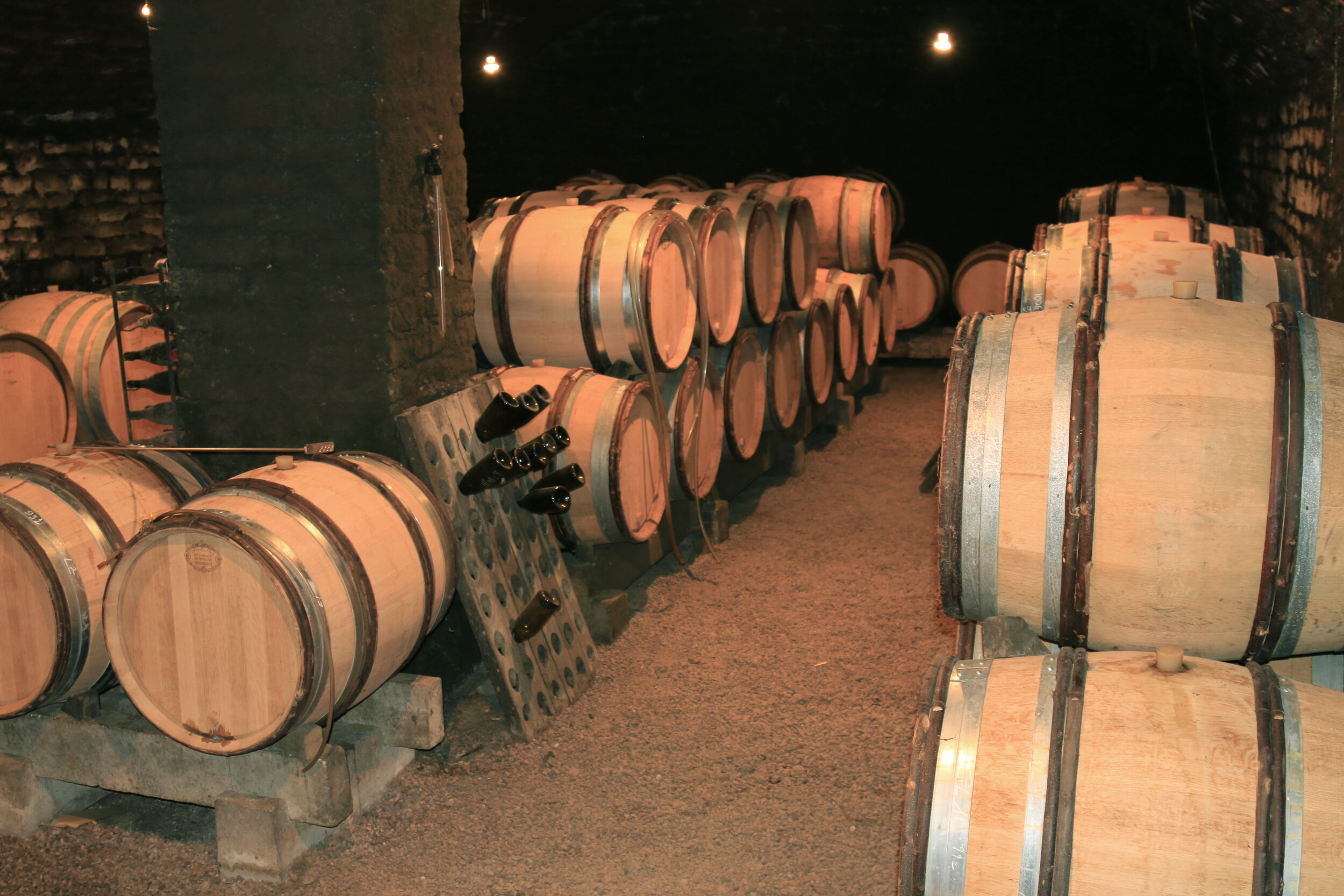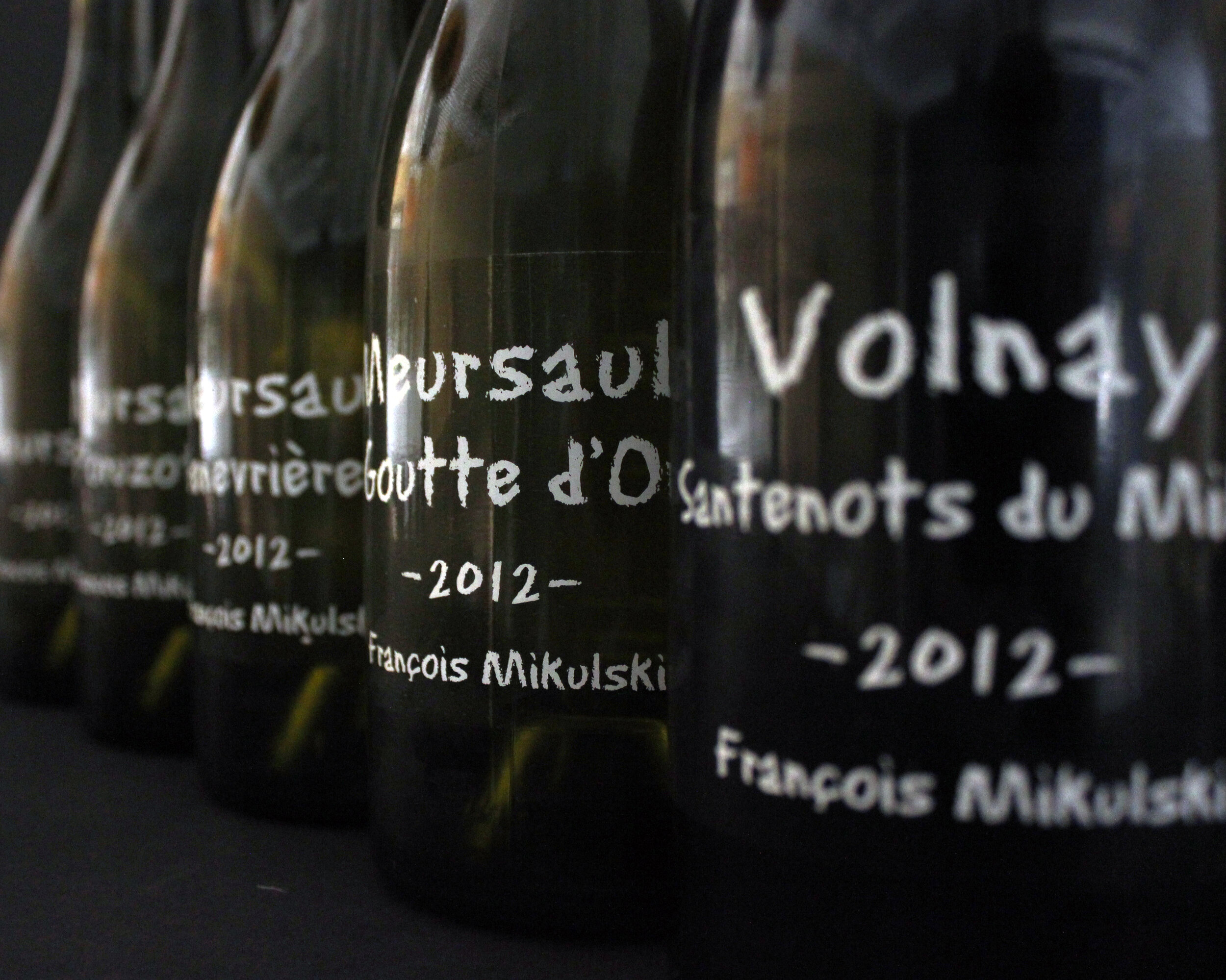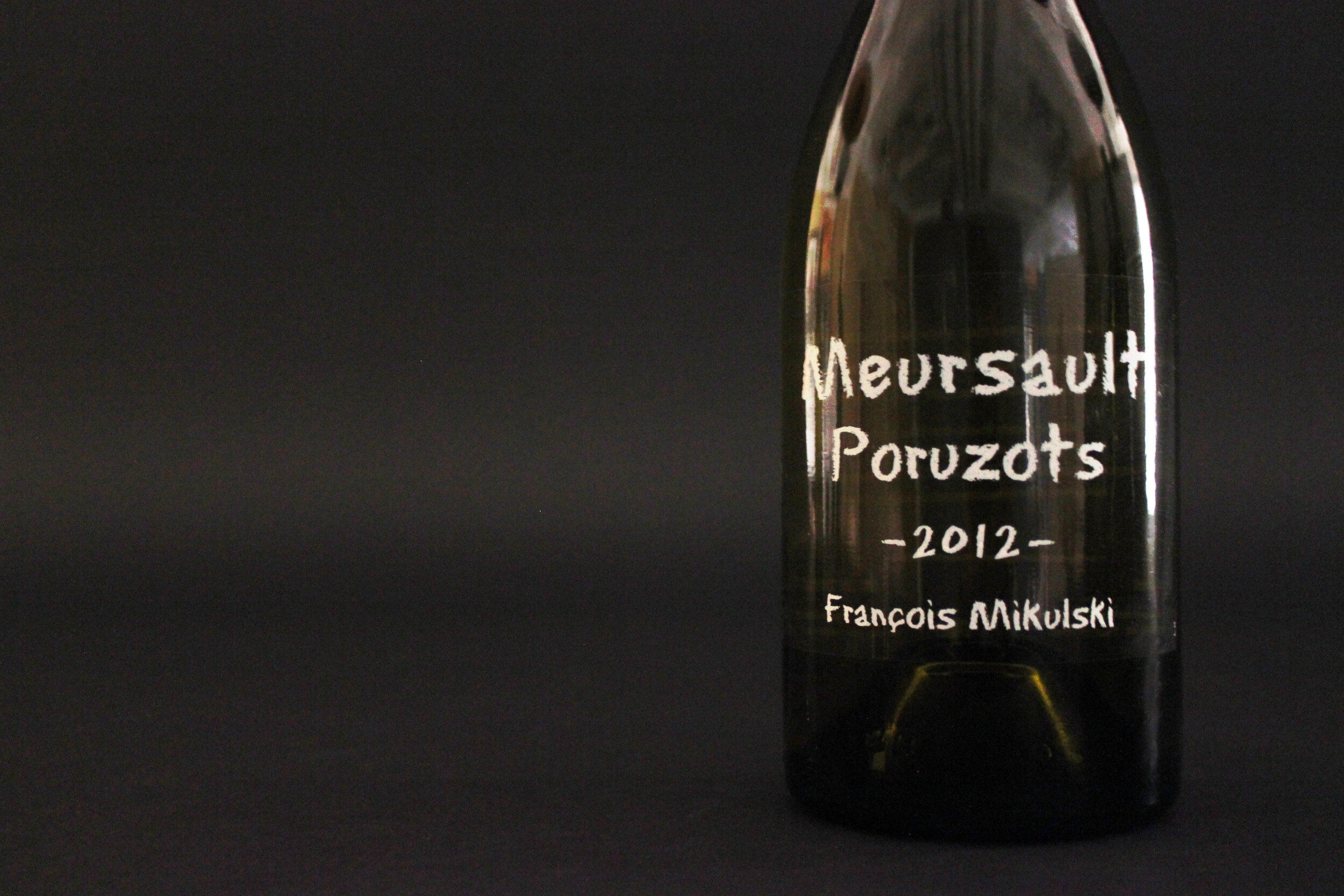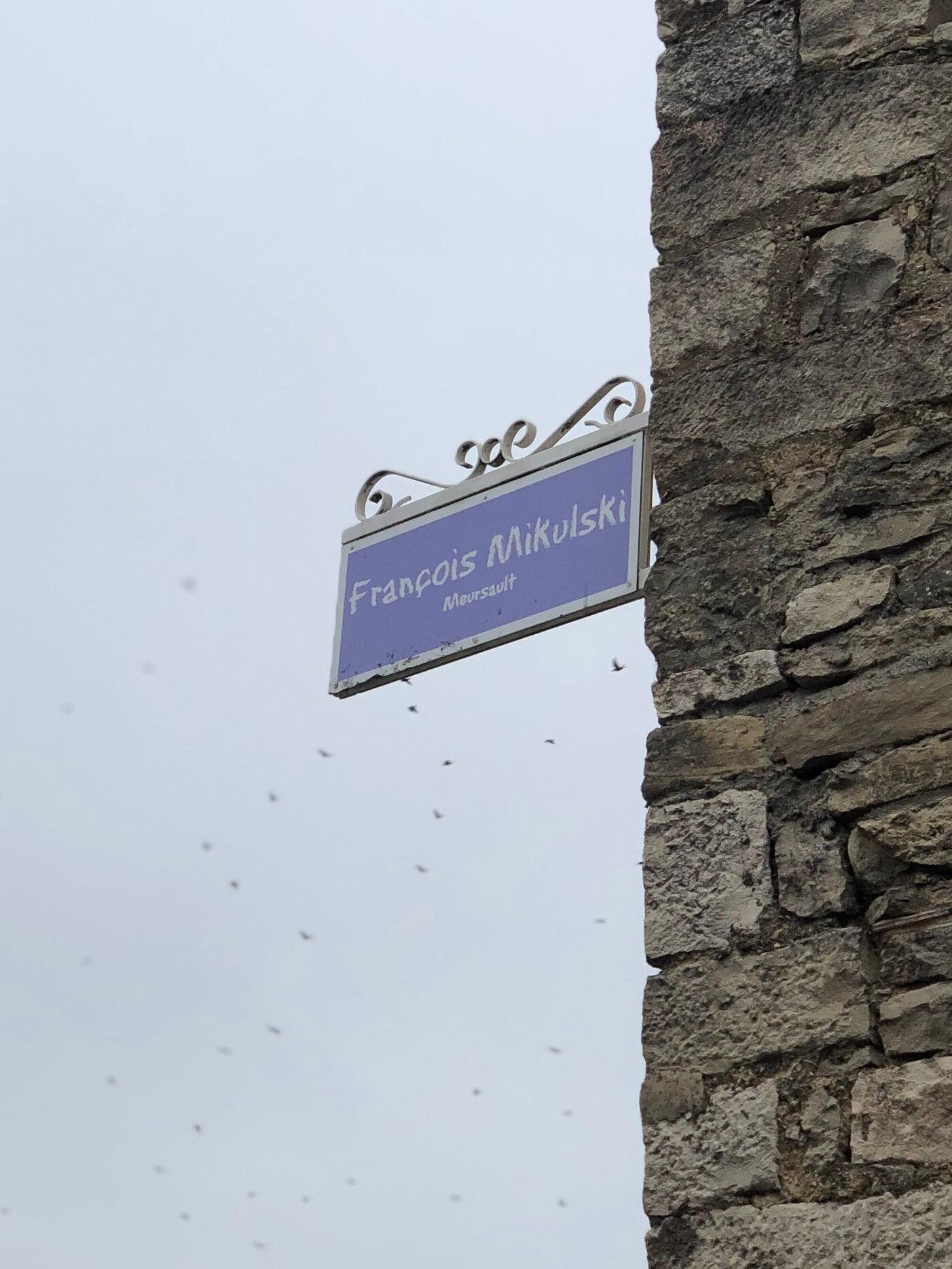FRANÇOIS MIKULSKI
Meursault
François was born and raised in Brussel from a Polish father and a French (Burgundian) mother. Growing up, François spent his summers in Burgundy, where he fell in love with the agricultural lifestyle and decided that he would one day make the wine himself.
François worked with his uncle, Pierre Boillot, from 1984 to 1991.
Domaine François Mikulski was finally created in 1992, when François and his wife, Marie-Pierre the daughter of François Germain of Château de Chorey, started to rent some of the Boillot family vines. The couple quickly realized that to stay afloat they would need to start bottling and selling the wines themselves, as wholesale buyers’ prices were too low. A decision they never regretted.
François and Marie-Pierre started out with 4.5 hectares but now work with close to 9 hectares of vines. The vineyards are spread over Meursault and the neighboring communes. About one-quarter of the production is red.
Over the years, the Mikulskis have been committed to producing top-quality Burgundy wines that are authentic, elegant, and pure.
In the Vineyard
The vineyards are farmed organically. François is a firm believer that the quality of a wine depends fully on the good management of the vineyard and healthy materials to start with. To him, vines are living organisms that need to be fed and treated with consideration.
He only uses home-produced composts, organic products. The soils are ploughed to preserve the biological balance of the soil.
Yields are kept between 45hl to 50hl for the whites and around 35hl for our reds.
In the Cellar
Mikulski does a meticulous sorting of the grapes in the vineyards and again in the cellar.
The grapes are gently pressed using a pneumatic press. After clarifying the must, the juice undergoes fermentation thanks to indigenous yeasts.
Carried out in cellars built in solid rock, the fermentations here are long and last for about 3 to 4 months. The cellars remain cool all winter with temperatures varying between 6°C and 8°C.
The aging process is carried out in oak barrels on lees over a 12-month period. Mikulski only uses about 20% of new oak.
Aging is followed by fining, an important step in achieving a wine’s elegance, olfactory precision, and cellaring potential according to François.
Volnay 1er Cru
Santenots-du-milieu
This cuvée is made from 2 parcels totaling 0.9 hectares of vines planted in 1947 and 1976. The yields here do not exceed 35 hectoliters per hectare. About 4,000 bottles are produced every year.
Meursault 1er Cru
Les Charmes
François has been looking after this small 0.66-hectare plot en métayage since 1992. The vines here were planted in 1998, 1930, and 1913.
About 3,700 bottles are produced every year.
Meursault 1er Cru Vieilles Vignes
Les Charmes
This Vieille Vigne cuvée comes from 0.18 hectares of vines that were planted by François’ grandfather in 1913.
Only around 500 liters are made yearly. A few magnums are bottled every year.
Meursault 1er Cru
Les Genevrières
This Genevrières 1er Cru is made from 0.53 hectares of vines. The plot is facing East with vines that are on average 50 years old and are planted on limestone gravel soils on top of a layered bedrock of brown silt and hard limestone.
About 3,000 bottles are produced of this cuvée each year.
Meursault 1er Cru
Poruzots
Mikulski farms 0.62 hectares of vines in Le Poruzots. The vines are 50 years old on average and are planted on brown silt over a fractured rock base.
About 2,400 bottles are made every year.
Meursault 1er Cru
Goutte d'Or
This cuvee is made from a tiny 0.2-hectare plot in the climat of Goutte d’Or. The vines here were planted in 1989 and 1963 on a thick layer of silt over layered limestone bedrock.
Only 1,000 bottles are produced yearly.
Meursault 1er Cru Rouge
Les Caillerets
This parcel of Pinot Noir comes from the Boillot family side. Vines are 40-year-old and produce low yields.
Only 300 bottles are produced every year.
Meursault Village
Meix Chavaux
This wine comes from the plots of Meix Chavaux, which, in some vintages, are vinified separately and in others blended in the Meursault Village cuvée. François Mikulski farms a total of 0.47 hectares of vines in this lieu-dit.
When bottled separately, only 800 bottles are produced.
Meursault Village
Tillets
This wine comes from a tiny 0.18-hectare plot of Tillets, located at the top of the hill, above the vineyard of Bouchères, at an altitude of 340m. The average age of the vines here is 5 years old.
The annual production is around 1,200 bottles.
Meursault Village
Limozin
This wine comes from a small plot of 0.15 hectares of 65-year-old vines in the Limozin climate. The grapes from these vines are vinified separately for certain vintages, and for others, blended in the Meursault Village cuvée.
When bottled separately, only 600 bottles are produced.
Meursault Village
This Meursault Village comes from a total of 1.5 hectares of vines from 5 different lieux-dits: Meix Chavaux, Les Pelles Dessus, Chaumes de Narvaux and Moulin Landin. Vines in these plots were planted in 1950, 1988, 1993 and 1999. Each parcels are vinified separately.
Pommard Village
This Pommard Village is a blend of multiple parcels with clay-limestone soils including Les Cras and Rue au Porc. The parcels total 0.40 hectares of vines and were planted in the 1960s and early 2000s.
The annual production is around 1,700 bottles.
Bourgogne Côte d’Or
Pinot Noir
This Bourgogne Côte d’Or comes from two parcels of Pinot Noir. A 0.3-hectare plot in Durots and a 1-hectare plot in Lombois. The older vines are in Durots, located under Volnay 1er cru Santenots Dessous in the commune of Meursault. The vines planted in the late 1970s are also in the Meursault commune, bordering Volnay, just next to a portion of the Lafarges' Bourgogne Rouge vines.
Bourgogne Côte d’Or
Chardonnay
This Bourgogne Chardonnay comes from 1.50 hectares of vines bordering the village of Meursault. Vines were planted in 1986 and 2005 on fine alluvial sediment.
Bourgogne Aligoté
The Mikulskis have been renting these Bourgogne Aligoté vines since 1992. The vines total 1.5 hectares. Some of the vines were planted in 1929 and others in 1948 by Joseph Boillot, François' grandfather.






